Some muscle cars had the power. Others had the look. But every now and then, a few came along that had both—and they did it without trying too hard. These weren’t just fast cars. They were the ones that redefined cool. The ones you remember parked under streetlights or idling low at the local diner.
From stripped-down street fighters to unexpected sleepers, these 10 classic American muscle cars didn’t just burn rubber—they left a mark on style, sound, and swagger that still holds up today.
1970 Chevrolet Chevelle SS 454
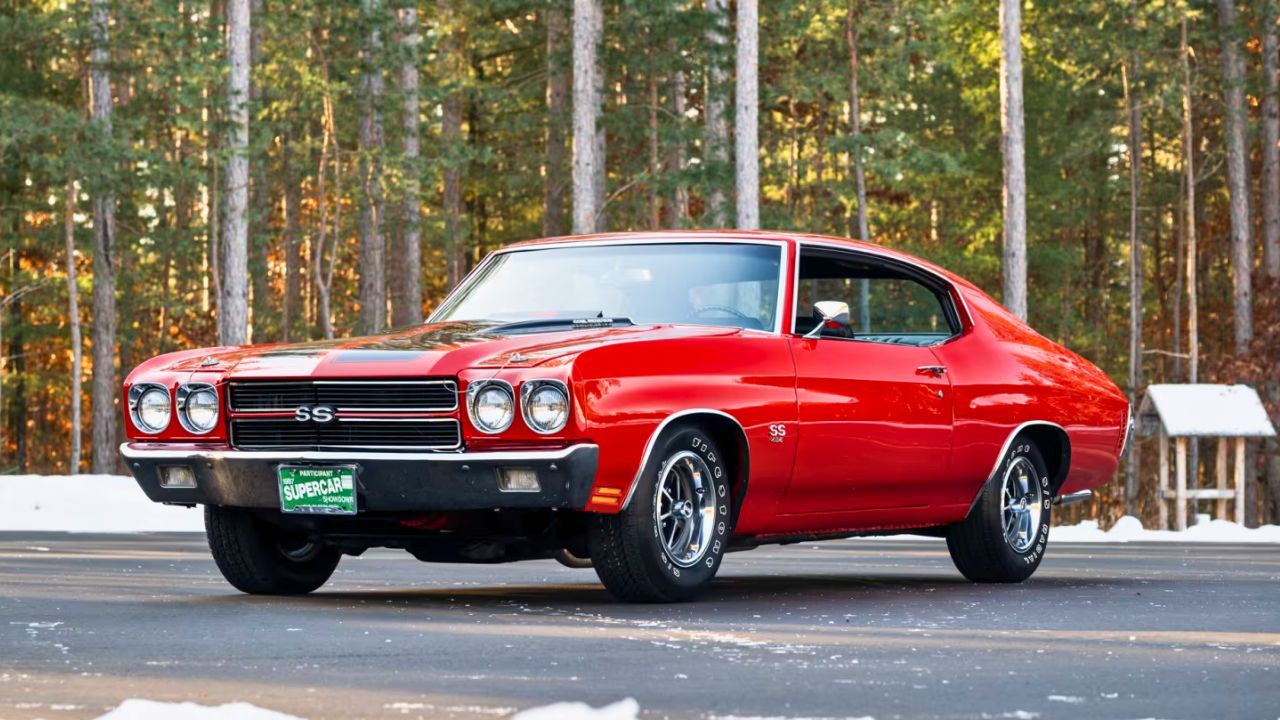
The ’70 Chevelle SS 454 was straight-up muscle. If you went for the LS6 version, you got a 454 cubic inch V8 making a factory-rated 450 horsepower and 500 lb-ft of torque. That made it the most powerful production car of its time.
It had a mean stance, cowl induction hood, and just enough chrome to catch sunlight at the right angle. The Chevelle didn’t just perform—it looked like it could bench press your house, and it came with the numbers to back it up.
1969 Dodge Charger R/T
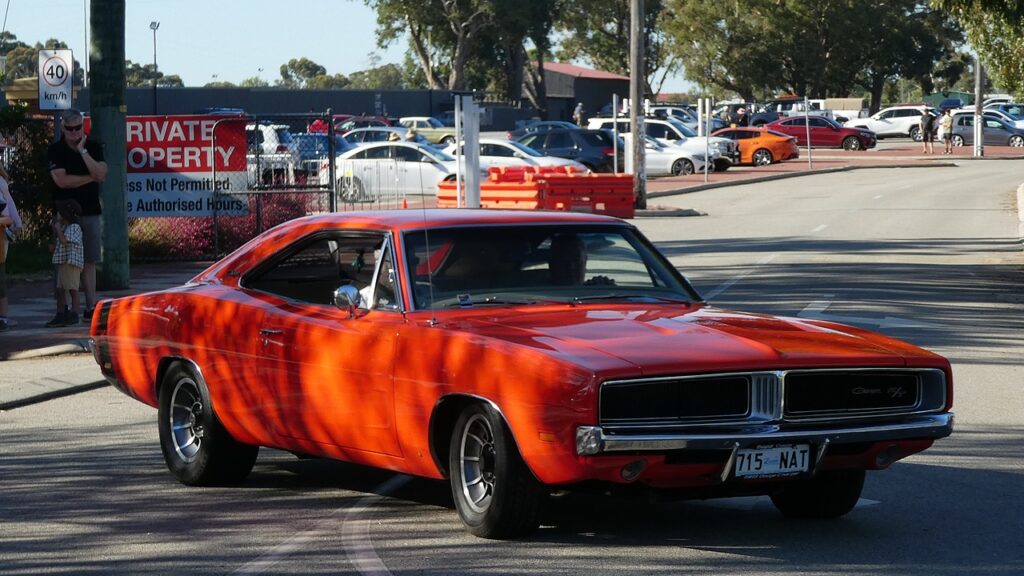
The ’69 Charger R/T hit the sweet spot between muscle and attitude. It came standard with a 440 Magnum V8 making 375 hp, but you could option the 426 HEMI if you wanted to go full send with 425 hp.
Between the hidden headlights, flying buttress rear window, and fastback roofline, it had serious street presence. Whether you remember it from The Dukes of Hazzard or the drag strip, this Charger still turns heads today for all the right reasons.
1965 Pontiac GTO
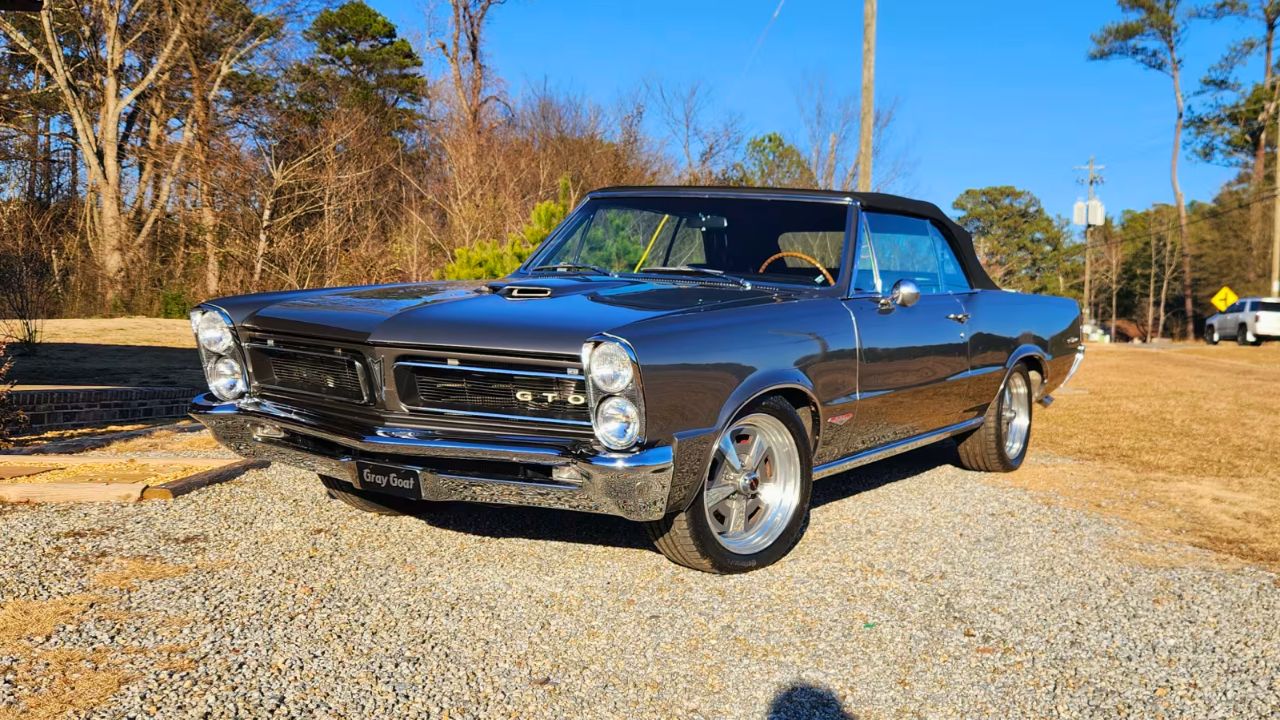
Some say it started the whole muscle car movement—and it’s not a stretch. The ’65 GTO had a 389 V8 under the hood, and the Tri-Power version bumped it up to 360 horsepower. It could hit 60 mph in under six seconds, which was no joke back then.
It wasn’t overly flashy, but that’s part of the charm. It looked clean, sounded nasty, and went like hell. The GTO wasn’t trying to be anything—it just was. That’s what made it cool then, and that’s what keeps it cool now.
1970 Plymouth HEMI ’Cuda
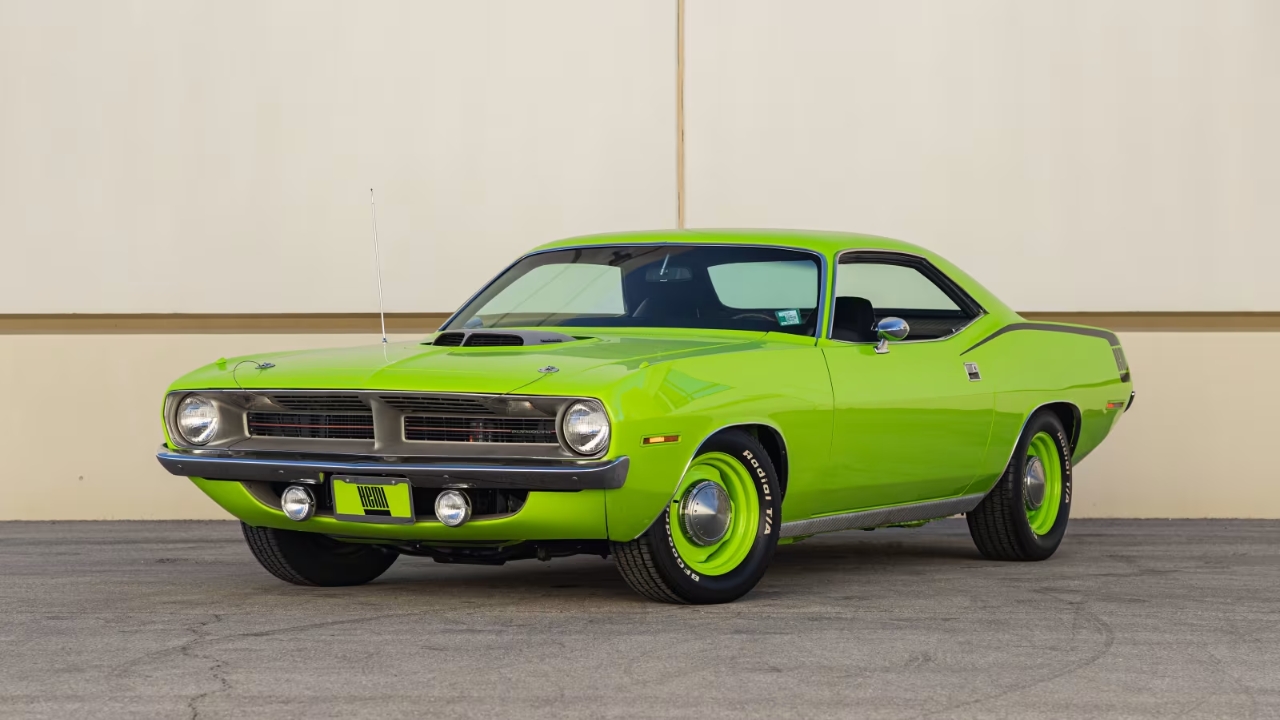
The ’Cuda was already a serious piece of work, but the 426 HEMI version took it to another level. With 425 horsepower and a no-nonsense shaker hood, it made sure people knew what it was about.
Only a few hundred HEMI ’Cudas were built that year, which makes them rare—and highly sought after today. Between the graphics, the aggressive fender gills, and that HEMI badge, it didn’t ask for respect—it demanded it.
1967 Shelby GT500
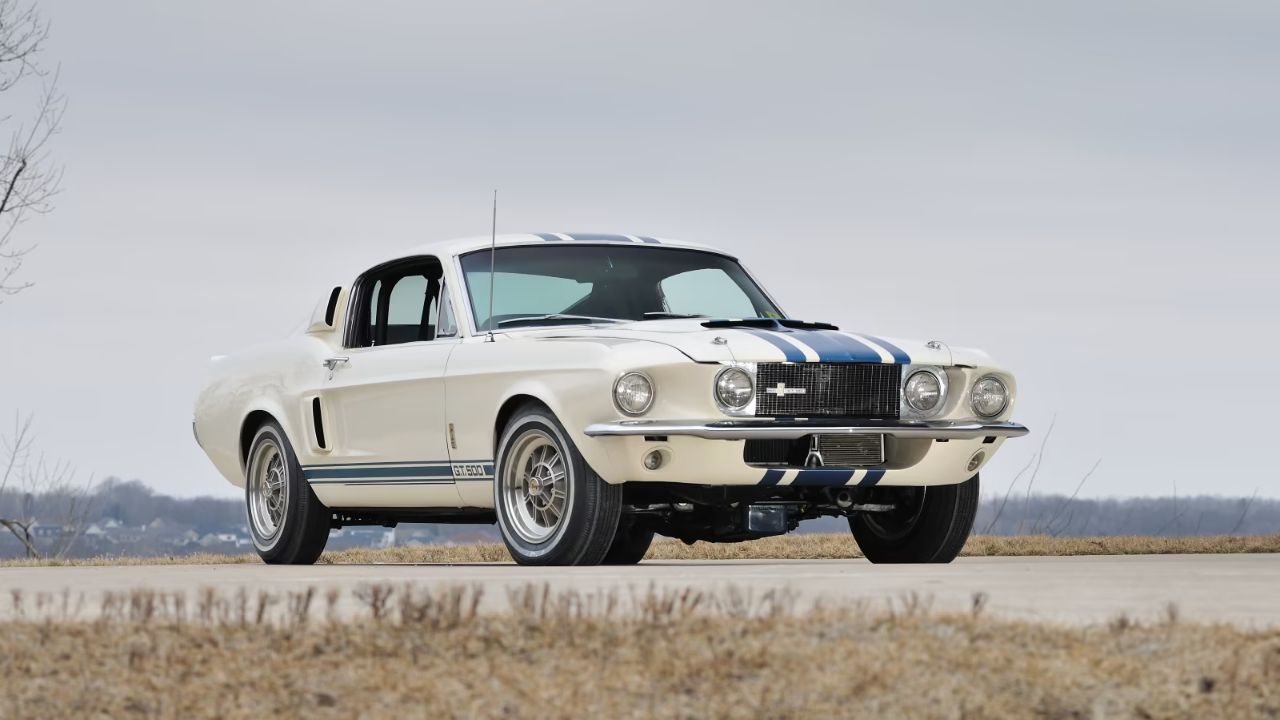
The ’67 GT500 was where the Mustang really grew up. Shelby dropped a 428 cubic inch Police Interceptor V8 under the hood, good for 355 hp, and gave it serious upgrades in handling and brakes.
It had a longer, meaner look than earlier Mustangs, plus side scoops, stripes, and that unmistakable Shelby badging. You could park this thing anywhere and it would draw a crowd. It wasn’t just a Mustang—it was a Shelby, and that still means something.
1969 AMC AMX
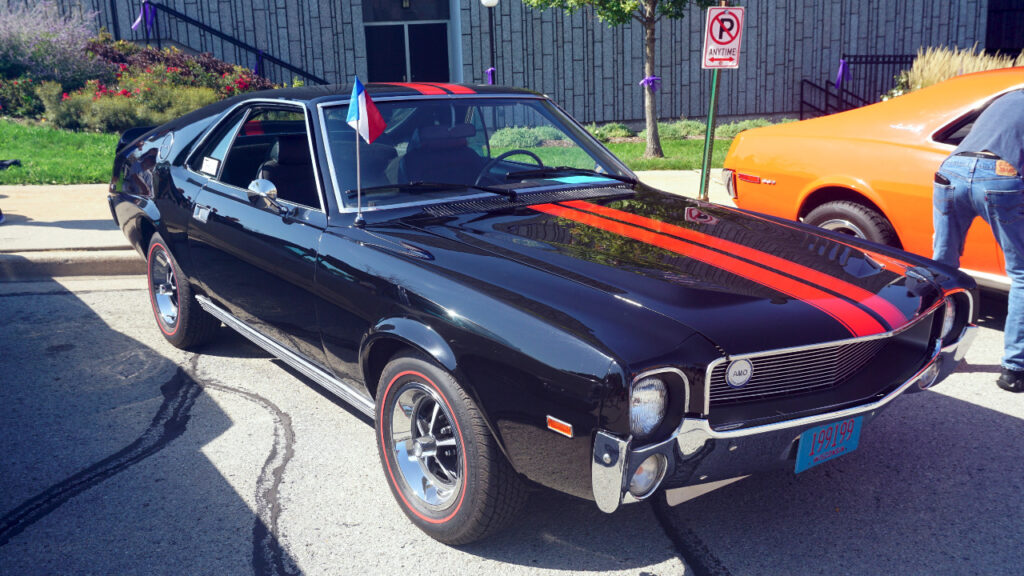
The AMX was American Motors’ underdog entry into the muscle car scene, and it brought some unique flavor to the mix. It was a two-seater with a 390 cubic inch V8 pushing 315 hp, and it was lighter than most of its rivals.
It didn’t get the sales numbers of the Big Three, but performance-wise, it could hang. And with its short wheelbase and aggressive styling, it looked like it meant business. If you wanted to stand out at the time, the AMX got the job done.
1971 Buick GSX Stage 1

The GSX Stage 1 came with a 455 cubic inch V8 rated at 360 hp and a monstrous 510 lb-ft of torque. It could run the quarter-mile in the low 13s—while riding in what felt like a couch on wheels.
It came in wild colors like Saturn Yellow and Apollo White, with hood stripes and a rear wing that didn’t try to be subtle. It was a muscle car wrapped in a Buick badge, and that mismatch only made it cooler.
1970 Ford Torino Cobra
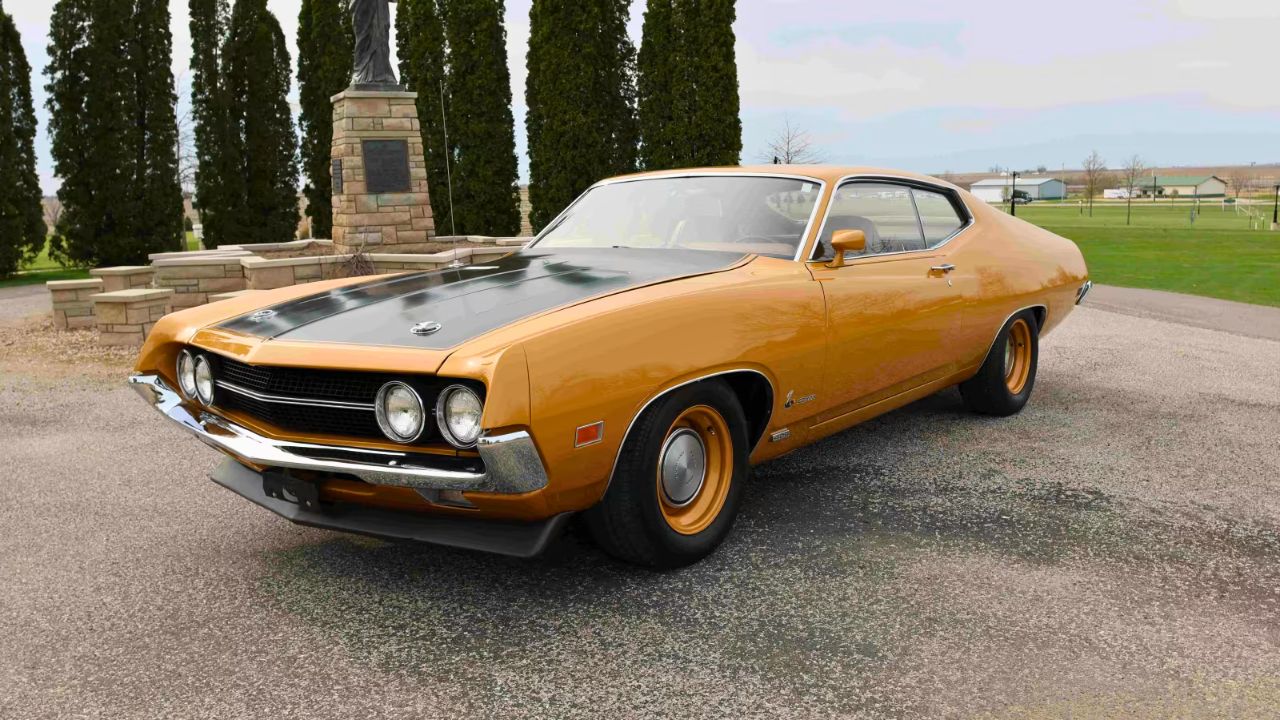
The Torino Cobra wasn’t as flashy as some others on this list, but with the optional 429 Cobra Jet engine under the hood, it could back up the name with 370 hp and a serious bark out the exhaust.
It came with minimal chrome and more of a street brawler attitude. The fastback body gave it a sleek profile, and paired with Magnum 500 wheels, it looked ready for a fight. It didn’t need hype—it just showed up and handled business.
1966 Oldsmobile 442
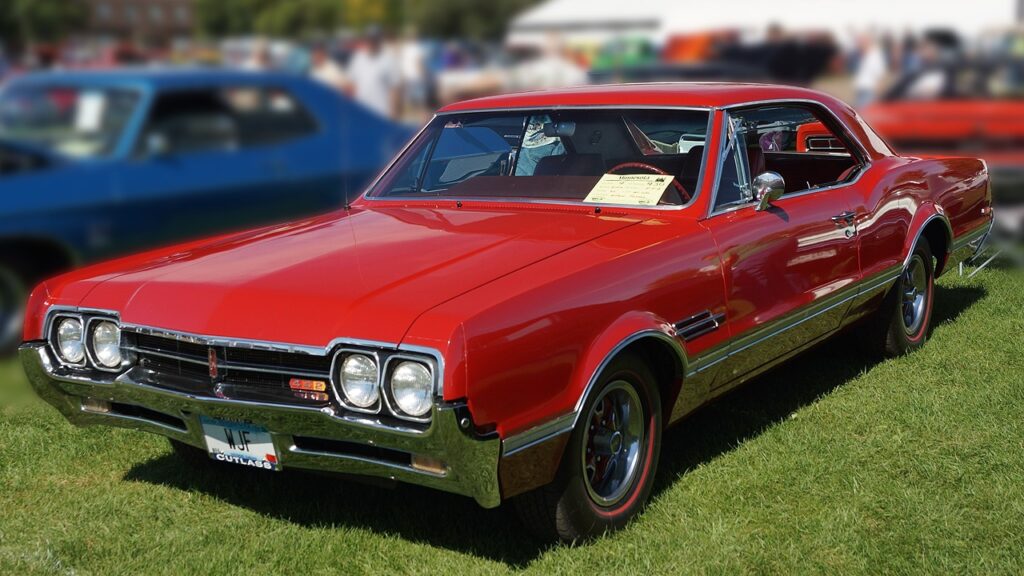
The 442 stood for 4-barrel carb, 4-speed manual, and dual exhaust—though that evolved over the years. In ’66, you got a 400 cubic inch V8 making up to 360 horsepower, depending on the setup.
It rode a little smoother than most muscle cars but still packed a punch. It didn’t scream for attention, but that’s part of what made it cool. It had that “you either know or you don’t” vibe, and for those in the know, it was a serious contender.
1968 Mercury Cougar XR-7 GT-E
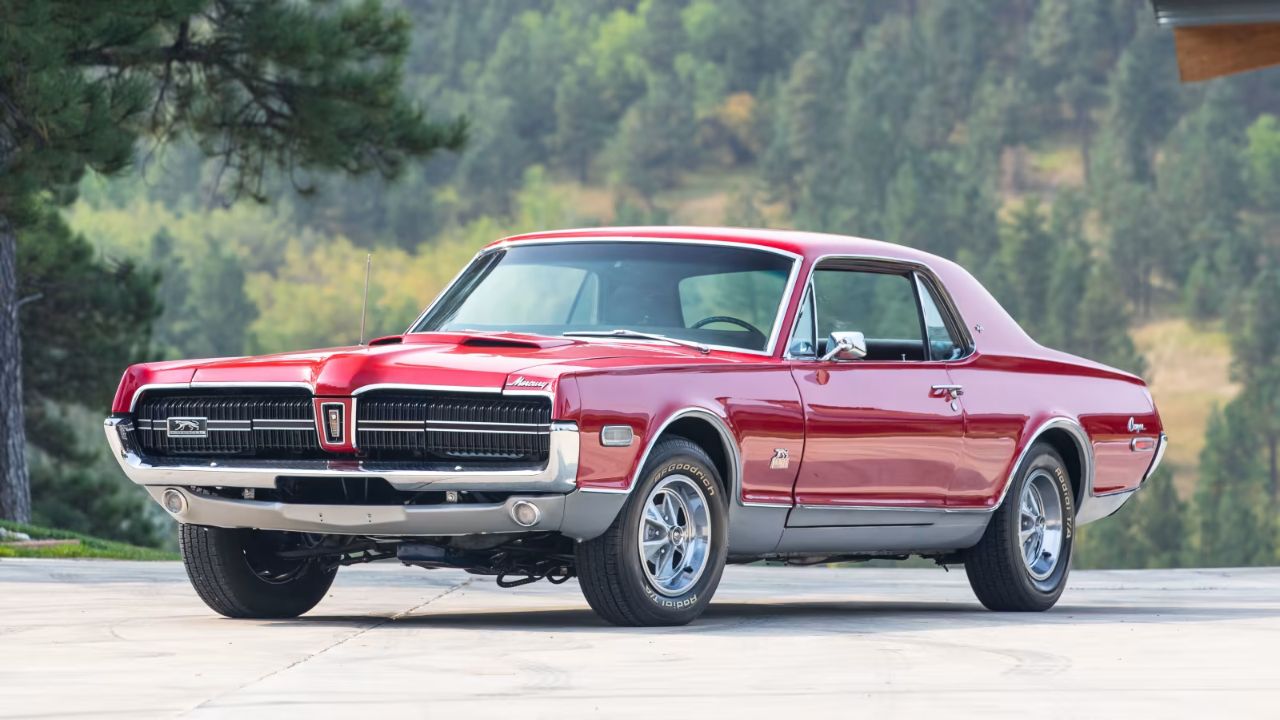
The Cougar GT-E isn’t usually the first name that pops up in muscle car talk, but maybe it should be. It came with a 427 V8 from the factory—later switched to a 428 Cobra Jet—and made well over 390 hp.
It had hidden headlights, clean lines, and more luxury touches than a Mustang, but it could absolutely move. Mercury was aiming for upscale muscle, and the GT-E hit that sweet spot. It’s still one of the coolest left-field picks from the golden era.
*This article was hand crafted with AI-powered tools and has been car-fully, I mean carefully, reviewed by our editors.

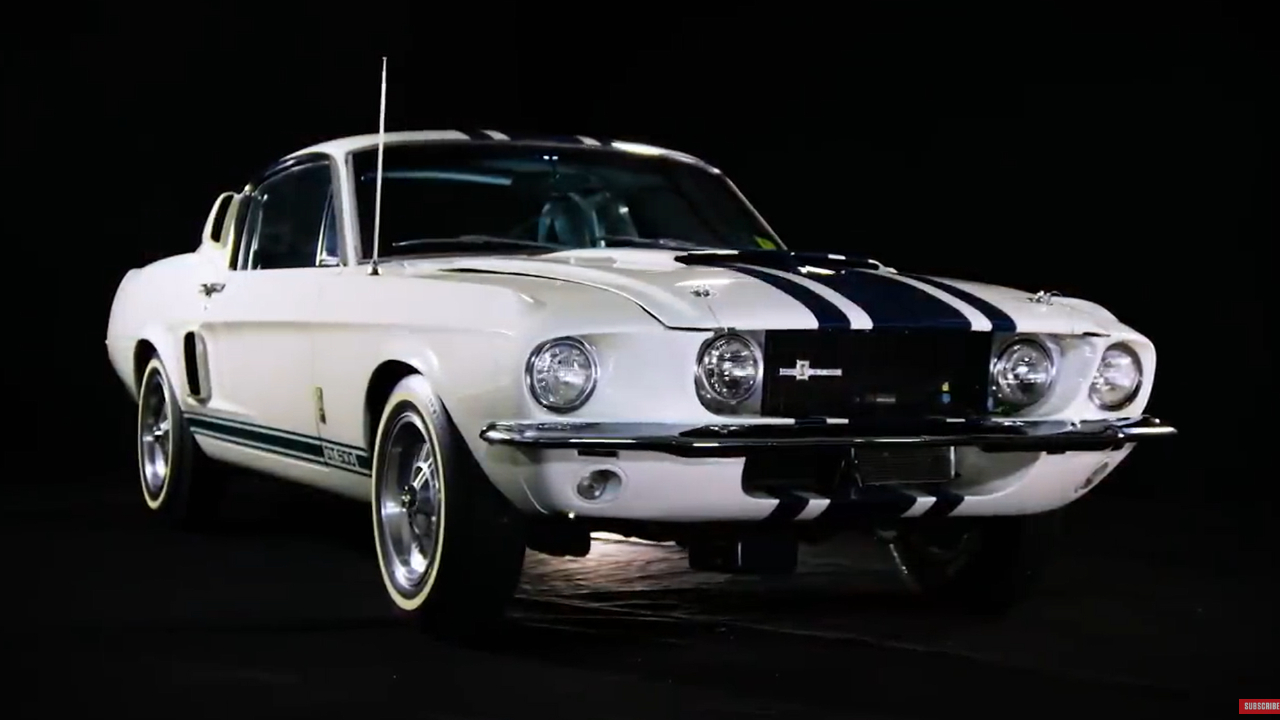
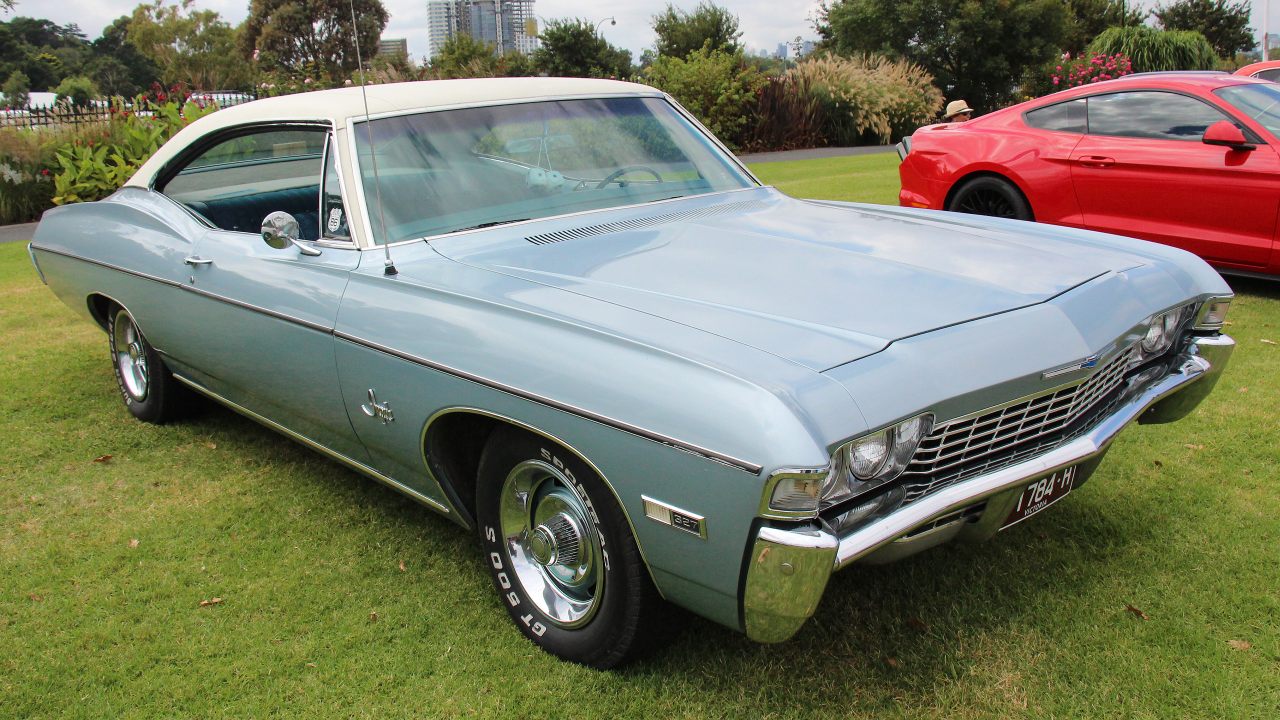
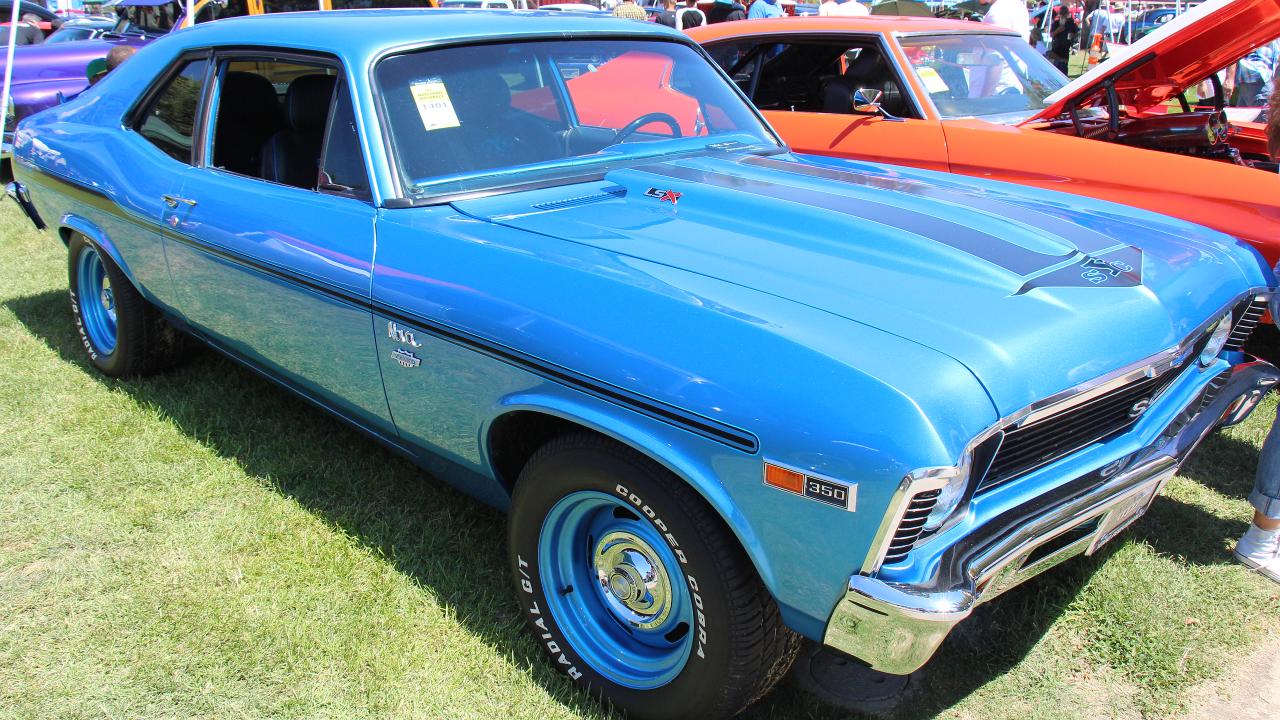
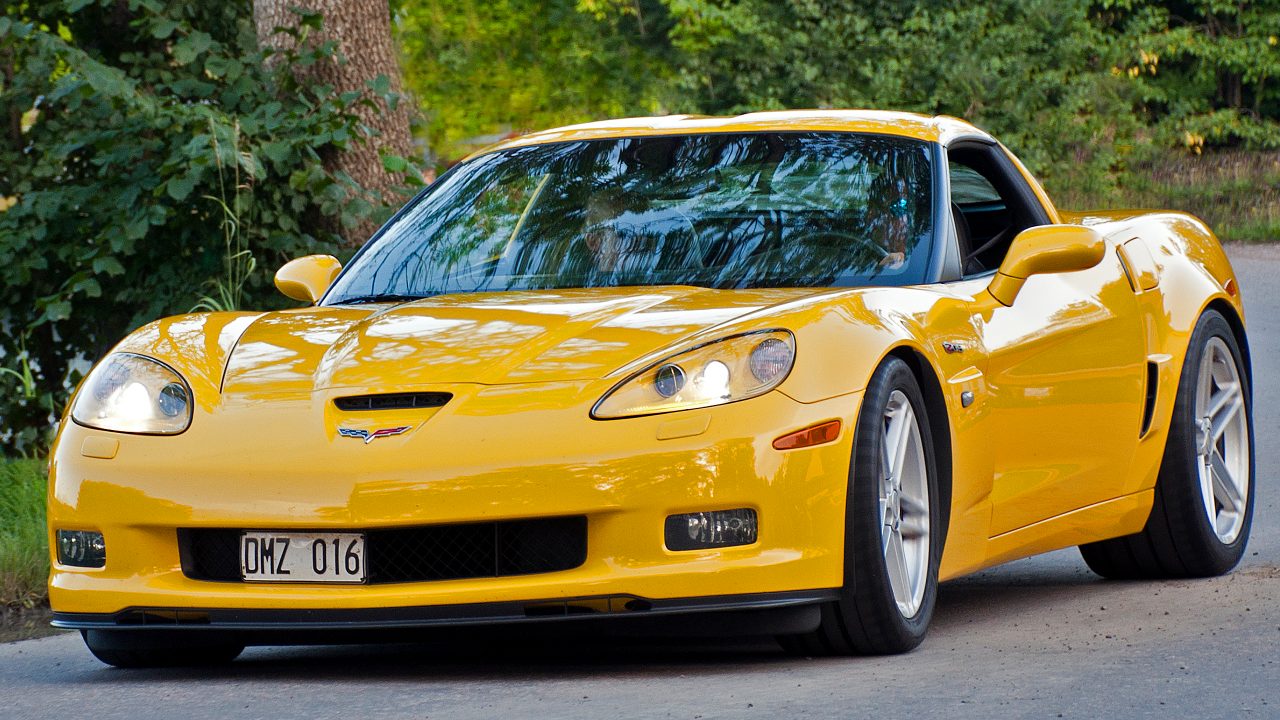
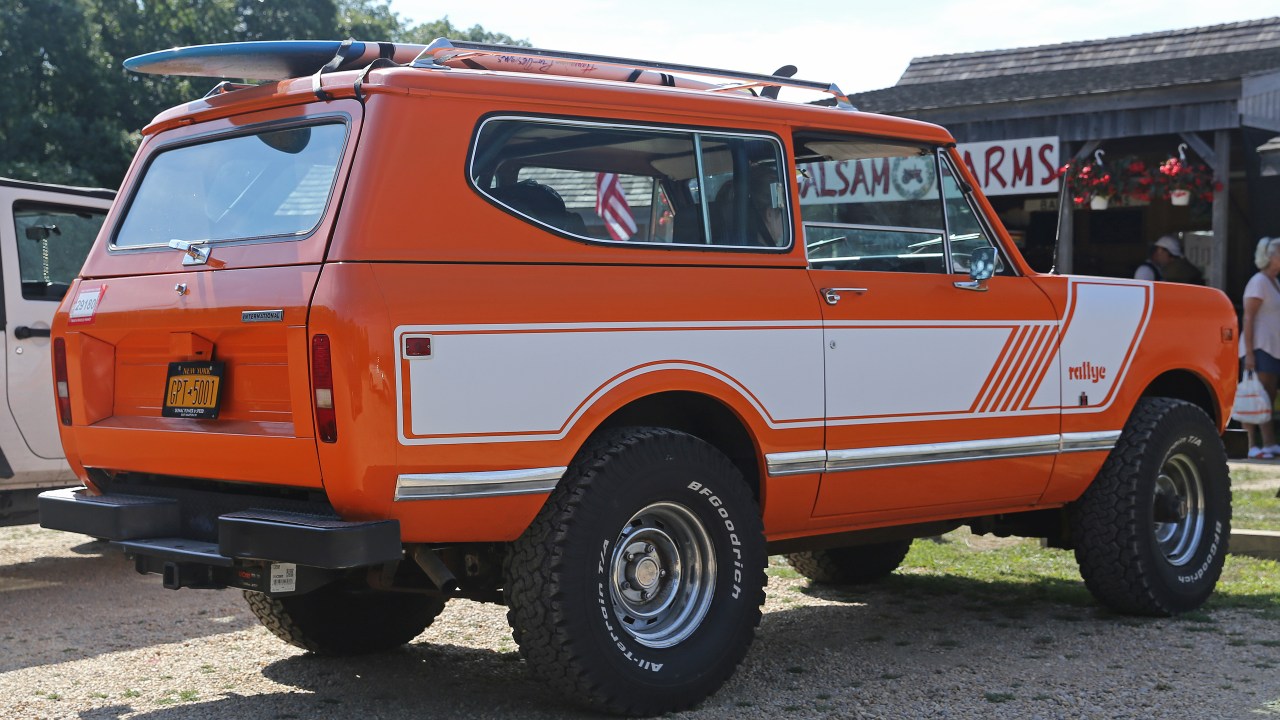
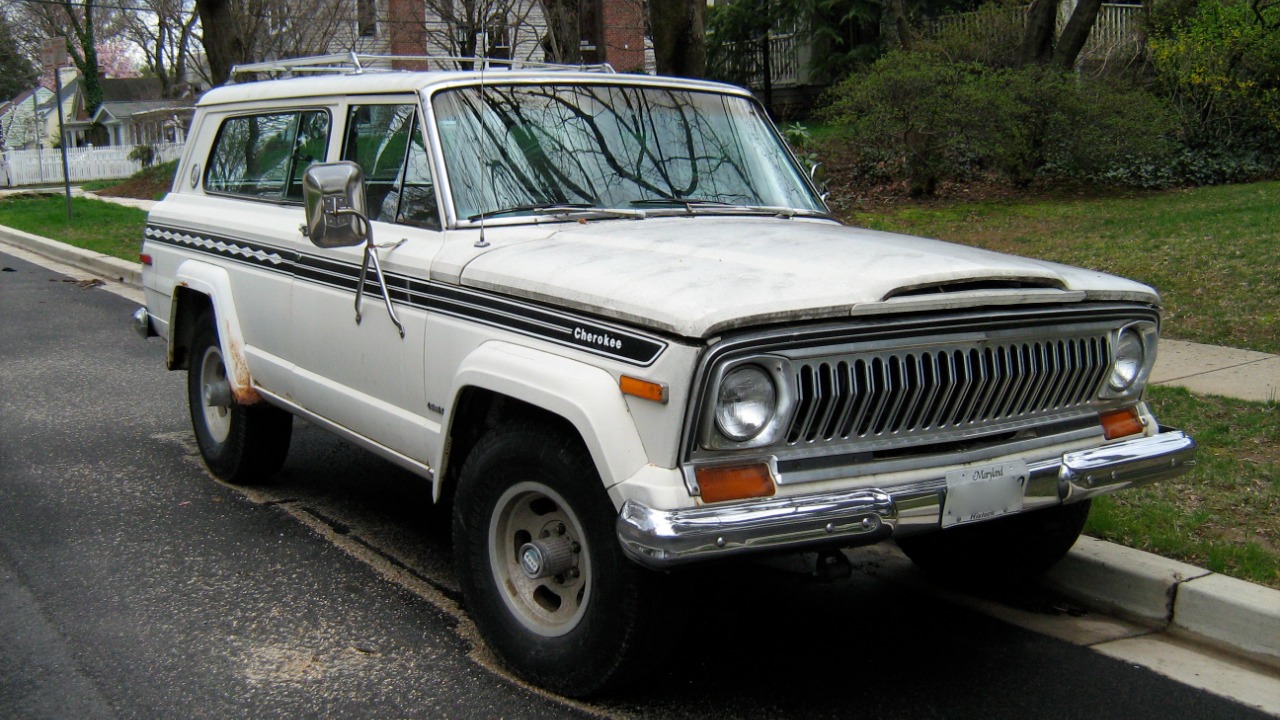
Leave a Reply